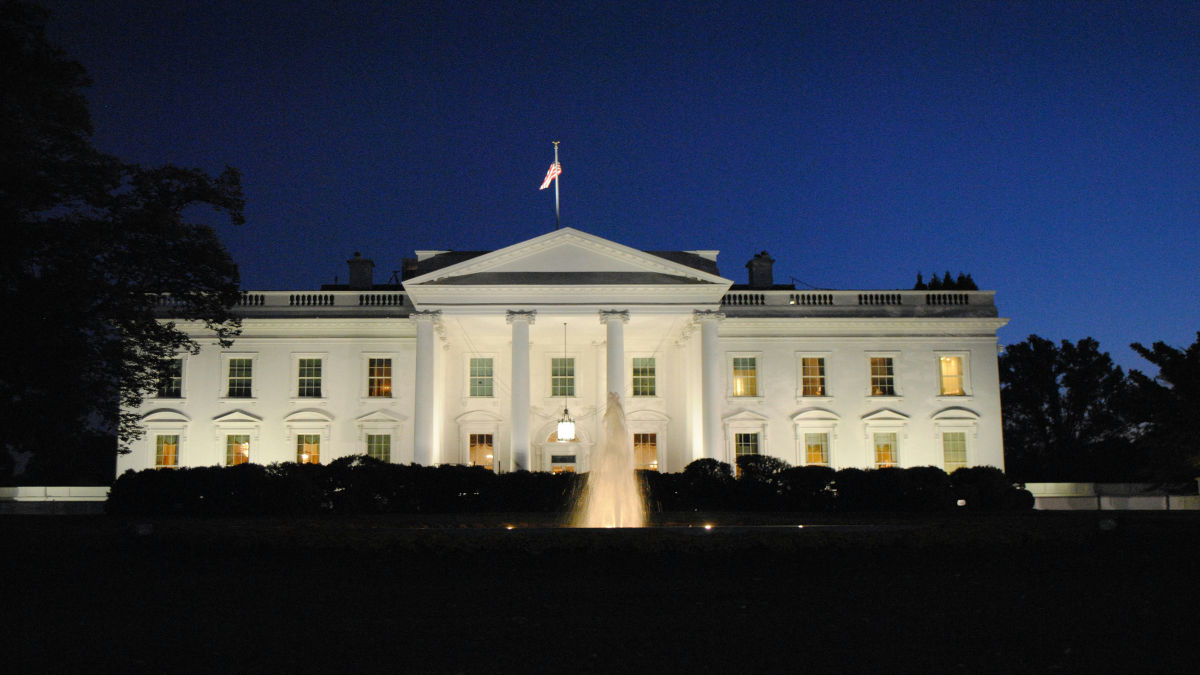July 20, 2025, the White House released “Winning the Race: America’s AI Action Plan,” signaling a major shift in U.S. artificial intelligence policy. This strategy pivots from cautious regulation to aggressive innovation, with profound implications for AI project management and entrepreneurship.
A Three-Pillar Foundation for AI Leadership
The plan centers on three pillars: innovation acceleration, infrastructure development, and international diplomacy. It removes barriers that previously slowed AI adoption, enabling faster deployment of new AI solutions. The timing is critical as global competition in AI—especially from China—continues to intensify.
This approach opens opportunities for both established enterprises and small businesses to actively participate in the AI revolution.
Transforming AI Project Management
For project managers, the Action Plan introduces operational improvements that can significantly reduce project timelines. Regulatory sandboxes and AI Centers of Excellence encourage rapid prototyping and iterative development, allowing organizations to “try first” rather than be bogged down by months of compliance hurdles.
However, AI project management is fundamentally different from traditional IT software projects. AI projects involve data pipelines, iterative model training, algorithmic bias mitigation, and ethical reviews—complexities that traditional frameworks rarely address.
Certifications That Matter
Project managers seeking to stay relevant must acquire certifications that address these unique challenges. The CPMAI (Certified Professional in Machine Learning and AI) and MIT xPRO’s AI program are examples of credentials that equip leaders with skills in:
- Data governance and compliance
- Model lifecycle and monitoring
- AI explainability and fairness testing
Real-World Applications: Commercial and Government Examples
Commercial Sector
- Healthcare AI: Companies are using AI to predict patient risks, improve diagnostics, and optimize resource allocation. Regulatory sandboxes could speed the approval of AI-enabled medical tools.
- Finance: AI models detect fraud, automate underwriting, and optimize investment strategies. Project managers must oversee continuous retraining and bias mitigation to meet compliance requirements.
Government Sector
- Defense and National Security: AI is being applied for threat detection and logistics optimization. Project managers face unique challenges in explainability and system audits to satisfy oversight agencies.
- Federal Services: Agencies like NIH and USDA are exploring AI for public services, grant management, and workforce planning. The plan’s standardized procurement toolbox will simplify proposal processes and compliance.
Opportunities for Small Businesses
The strategy strongly endorses open-source AI models, which democratize access to advanced tools. Entrepreneurs can now build innovative solutions without needing deep venture capital backing.
Programs like SBIR (Small Business Innovation Research) and STTR (Small Business Technology Transfer) will provide direct funding for startups working on AI-driven solutions in manufacturing, robotics, and autonomous systems.
Infrastructure investments—especially in data centers, semiconductor manufacturing, and the energy grid—create massive opportunities for contractors and local businesses to serve as essential partners in these buildouts.
Implementation Timeline
The rollout of the AI Action Plan will likely occur in phases:
| Phase | Focus Area | Expected Timeline |
| Phase 1 | Regulatory sandboxes, initial funding for SBIR/STTR, formation of CAIOC | 2025–2026 |
| Phase 2 | Expansion of AI Centers of Excellence, infrastructure grants, and standardized procurement | 2026–2028 |
| Phase 3 | International AI export partnerships, scaling open-source ecosystems | 2028 and beyond |
Project managers should align their planning cycles to anticipate these opportunities, ensuring readiness to act as each phase opens new funding, partnerships, and contracting pathways.
Ethical Challenges and Responsible AI
While the strategy emphasizes speed, ethical considerations cannot be an afterthought. The push for rapid deployment risks favoring proprietary black-box models over open, auditable solutions.
Companies that embed ethical AI frameworks—covering fairness, explainability, and bias mitigation—will stand out as trusted partners. Proactive investments in transparency and compliance will become a key differentiator.
AI Project Lifecycle Flow Diagram
Below is a conceptual flow diagram showing key stages of the AI project lifecycle with checkpoints for ethics and transparency:
- Problem Definition → Ethics Checkpoint: Ensure the business challenge aligns with societal benefit and fairness goals.
- Data Collection & Preparation → Transparency Review: Verify sources, consent, and compliance with privacy laws.
- Model Design & Training → Bias & Fairness Assessment: Conduct bias detection and mitigation tests.
- Model Evaluation & Validation → Explainability Check: Provide interpretable results for stakeholders.
- Deployment → Governance & Audit Approval: Ensure accountability structures are in place before launch.
- Monitoring & Continuous Learning → Ongoing Ethics & Compliance Reviews: Regular audits for drift, fairness, and impact.
This flow ensures that at every stage, ethical and transparent practices are embedded into the project lifecycle rather than treated as afterthoughts.
Predictions: The Future of AI Project Management
Traditional project management models will not suffice in this environment. AI projects require continuous learning cycles, model retraining, and cross-functional teams of data scientists, engineers, and ethicists.
Project managers will increasingly serve as AI orchestrators, balancing speed, compliance, and ethical considerations. Organizations that integrate AI-certified project managers will outperform competitors unable to adapt.
Over the next decade, we will see:
- PMs as strategic AI advisors—leading discussions on governance, risk, and compliance.
- Cross-industry adoption of AI centers of excellence—serving as hubs for experimentation.
- Emergence of new KPIs for AI projects—focusing on fairness, transparency, and societal impact, not just speed or cost.
Personal Commentary
As someone who has led federal IT projects for decades, I see this as a wake-up call for organizations still debating whether AI adoption is worth the risk. The reality is that AI is no longer optional. The winners will be those who adopt AI responsibly, with certified project managers guiding implementation from day one.
Businesses that hesitate may find themselves years behind competitors who are already leveraging open-source models, SBIR/STTR funding, and global export opportunities.
This is why I launched Fountain Innovation Group (fig-io.com) to help organizations navigate AI adoption responsibly. We will provide strategic assessments, governance frameworks, and project management expertise tailored to this new landscape.
The next generation of project managers will not just keep projects on time and within budget—they will lead ethical innovation at speed. Those prepared to bridge innovation with responsibility will define the future of AI.
What are your thoughts? How can we best balance AI innovation speed with maintaining trust and transparency?
Visit fig-io.com to learn more about how we can partner to lead responsibly in this new era of AI adoption.
Hashtags:
#AIActionPlan #ArtificialIntelligence #AIPolicy #AIStrategy #AIGovernance #AIInnovation #DigitalTransformation #TechPolicy #AIEthics #ResponsibleAI #ProjectManagement #SmallBusiness #Startups #AILeadership #TechEntrepreneur #FutureOfWork #AIforEveryone #TechStrategy #Innovation #BusinessStrategy






